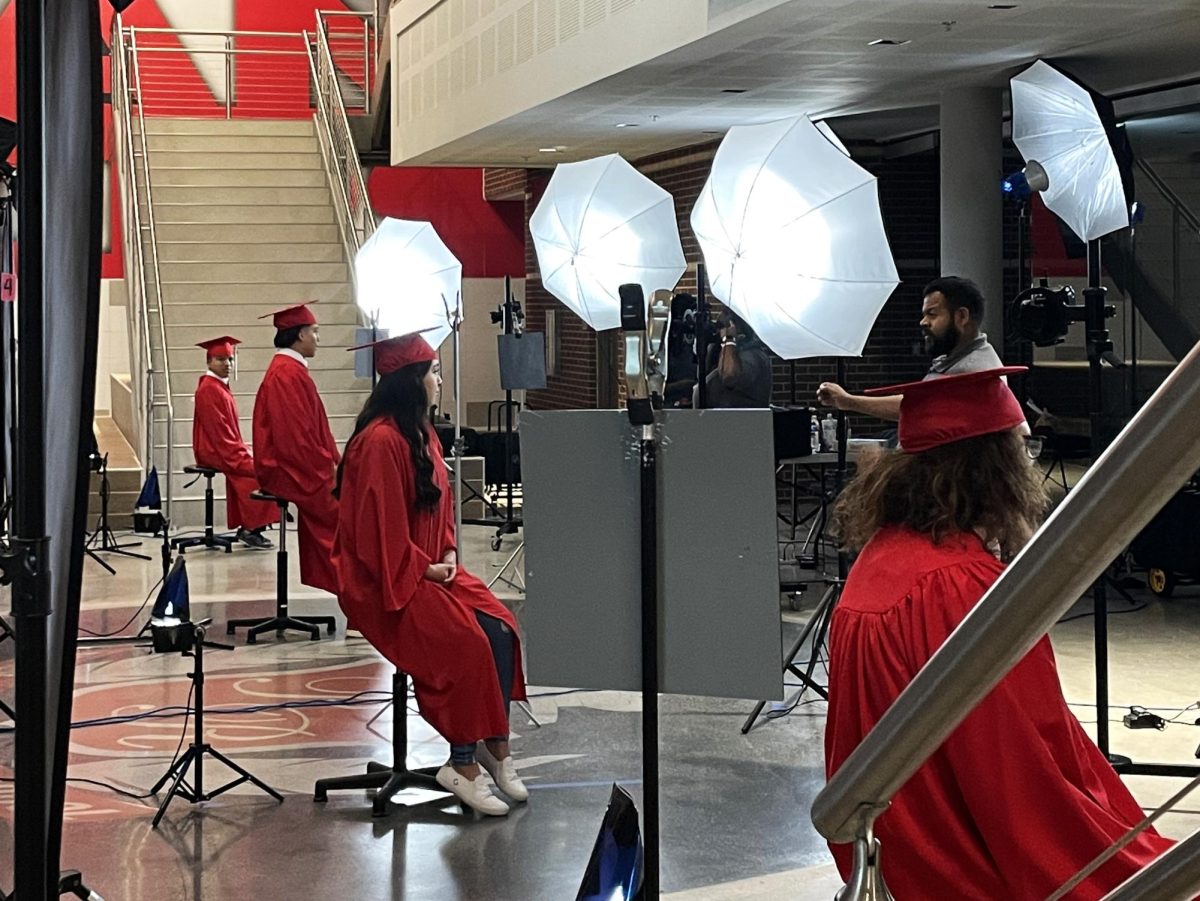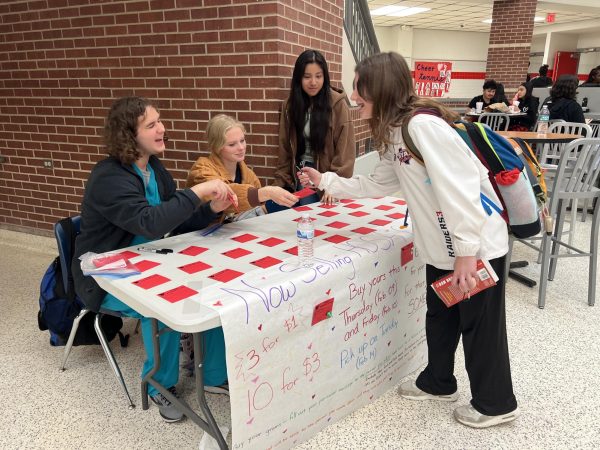Denton celebrates Day of the Dead in a lively manner
The day is Oct. 31. I look out my window and see crowds dressed in colorful costumes parading down the street. A euphoric smell overcomes my senses with that of pan de muertos, calaveras de azucar, and tamales. The day is known as the first day of “Day of the Dead,” or Día de los Muertos.
I admit, I may have exaggerated the “crowds parading down the street” part, but cheerful participants do gather for this, contrary to its name, lively holiday.
The celebration goes on for three days, starting on Oct. 31 and ending Nov. 2, commemorating loved ones who are no longer alive. The first day, Oct. 31 is to invite angelitos (“angels,” referring to the spirits of the children), Nov. 1 is for the spirits of adults, and the last day for all souls. During this time, friends and families create ofrendas, or “offerings,” honoring the deceased. These ofrendas embrace how the individuals lived rather than focusing on their death. They include pan de muerto (or “bread for the dead,”) water, vibrant paper banners, colorful sugar skulls, candles, and other objects they loved.
“There’s a lot of tradition behind it,” senior David Aussenhofer said. “You get to see a lot of cool sights, not just the ofrendas. It’s a really beautiful thing to look at on top of the tradition behind it and just the memories that come with it. I think it’s just a beautiful time.”
I’ve come to realize that Day of the Dead isn’t just acknowledged by people of Mexican descent. People of all color celebrate the beautiful holiday along with the local festivities that come with it.
Just last Saturday, Denton hosted a Day of the Dead festival by the Square. It provided guests with entertainment such as coffin races, face painting, funny puppet shows, and mariachi bands. The booths embodied the Mexican culture perfectly by using bright, strong colors. Common decorations were spread around such as papel picado (or “pecked” paper, flag-like colorful tissue paper that is cut into intricate designs,) calaveras (vibrant skulls made out of sugar paste,) and flor de muerto (bright yellow and orange flowers used to welcome the dead.) Well-known Mexican foods, such as tamales and churros, were also served.
Although the scenery was eye-catching and screamed Mexican tradition, I failed to find the way it informed attendants about the significance of the festivities that I hold so dearly to my heart. Don’t get me wrong– I love the fact that all kinds of individuals are coming out to partake in my culture, but what I don’t enjoy is the fact that not many of those people know the true meaning of Día de los Muertos and why it’s celebrated. We’re not just doing it for fun.
The festival incorporated everything appealing to the eyes about the holiday, but not much information about it. I mean, it was called Denton’s Day of the Dead Festival, shouldn’t it at least inform attendees who show up in sugar skull makeup and tacky sombreros? I really do believe that it’s more appreciation than appropriation, but some folks make it hard for me to hold on to that little bit of hope.
“Most of the time it is [cultural appropriation],” senior Zahid Rojo said. “People celebrate it just to have fun without knowing what it’s really for.”
Something as simple as a booth or handing out pamphlets that inform the participants on the meaning could fix this small problem.
Día de los Muertos is for people to remember the loved ones who are no longer with them by spending three days out of the year to honor their lives. Families gather around decorating the tombstones of their deceased relatives. These days bring closure and happiness to those who celebrate the true significance of Día de los Muertos.

ENTP- My name is Amy, I’m a senior, and this is my second year in Newspaper. When I was in 5th grade, I ran into a brick wall and had to go to the hospital;...


























